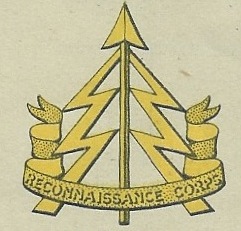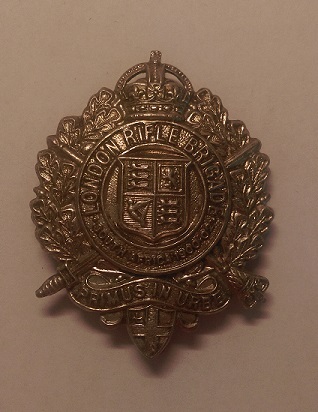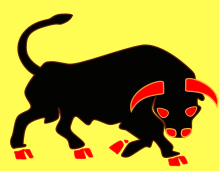
The Polish 1st Armoured Division was an armoured division of the Polish Armed Forces in the West during World War II. Created in February 1942 at Duns in Scotland, it was commanded by Major General Stanisław Maczek and at its peak numbered approximately 18,000 soldiers.The division served in the final phases of the Battle of Normandy in August 1944 during Operation Totalize and the Battle of Chambois and then continued to fight throughout the campaign in Northern Europe, mainly as part of the First Canadian Army.

The Guards Armoured Division was an armoured division of the British Army during the Second World War. The division was created in the United Kingdom on 17 June 1941 during the Second World War from elements of the Guards units, the Grenadier Guards, Coldstream Guards, Scots Guards, Irish Guards, Welsh Guards, and the Household Cavalry.

The 11th Armoured Division was an armoured division of the British Army which was created in March 1941 during the Second World War. The division was formed in response to the unanticipated success of the German panzer divisions. The 11th Armoured was responsible for several major victories in the Battle of Normandy from in the summer of 1944, shortly after the Normandy landings, and it participated in the Allied advance from Paris to the Rhine, the Rhine crossing in March 1945. It was disbanded in January 1946 and reformed towards the end of 1950. In 1956, it was converted into the 4th Infantry Division.

The 24th Lancers was a cavalry regiment of the British Army that existed from late 1940 to mid-1944. Assigned to the 8th Armoured Brigade, the regiment fought during the Invasion of Normandy before being disbanded in July 1944. After disbandment, the regiment's personnel were sent to other cavalry regiments as reinforcements.

The 6th Armoured Division was an armoured division of the British Army, created in September 1940 during the Second World War and re-formed in May 1951 in the UK.

The 23rd Armoured Brigade, originally formed as the 23rd Army Tank Brigade, was an armoured brigade of the British Army that saw service during the Second World War. The brigade was a 2nd Line Territorial Army (TA) formation. It was reorganised and renamed the 23rd Armoured Brigade, when it was assigned to the 8th Armoured Division, although it never operated under command of the division.

The 9th Armoured Division was an armoured division of the British Army, raised during the Second World War. It never saw active service during the war as a complete division.
The 24th Army Tank Brigade was an armoured brigade of the British Army. It was embodied in the United Kingdom at the outbreak of the Second World War. On 1 November 1940, it was redesignated as the 24th Armoured Brigade and reorganized. In July 1942, it transferred to Egypt and took part in the Western Desert Campaign, notably the Second Battle of El Alamein. The Headquarters was disbanded in the Middle East on 1 March 1943.

The 10th Armoured Division was an armoured formation of division-size of the British Army, raised during the Second World War and was active from 1941–1944 and after the war from 1956–1957. It was formed from the 1st Cavalry Division, a 1st Line Yeomanry unit of the Territorial Army (TA) which had previously been serving in Palestine. The division was converted from cavalry to armour and redesignated from 1 August 1941.

The Reconnaissance Corps, or simply Recce Corps, was a service branch of the British Army, formed during the Second World War, whose units provided reconnaissance for infantry divisions. It was formed from infantry brigade reconnaissance groups on 14 January 1941.
The 159th Infantry Brigade was an infantry brigade of the British Army. Part of the Territorial Army (TA), the brigade was assigned to the 53rd (Welsh) Infantry Division and served with the division in the early stages of the Second World War until May 1942 when it was transferred to be the motorised infantry element of the 11th Armoured Division. The brigade would serve with the 11th Armoured in North-west Europe from June 1944 to May 1945.
During the Second World War the British Army deployed armoured divisions and independent armoured and tank brigades.

The 144th Regiment Royal Armoured Corps was an armoured regiment of the British Army. Originally raised during World War II as a battalion of the East Lancashire Regiment it was later transferred to the Royal Armoured Corps. It fought in the campaign in North-West Europe, from June 1944 to May 1945.
The 33rd Army Tank Brigade was an armoured brigade formation of the British Army raised during the Second World War.

The 148th Regiment Royal Armoured Corps was an armoured regiment of the British Army's Royal Armoured Corps during World War II. It fought in the invasion of Normandy in 1944.

The London Rifle Brigade was a volunteer regiment of the British Army.












